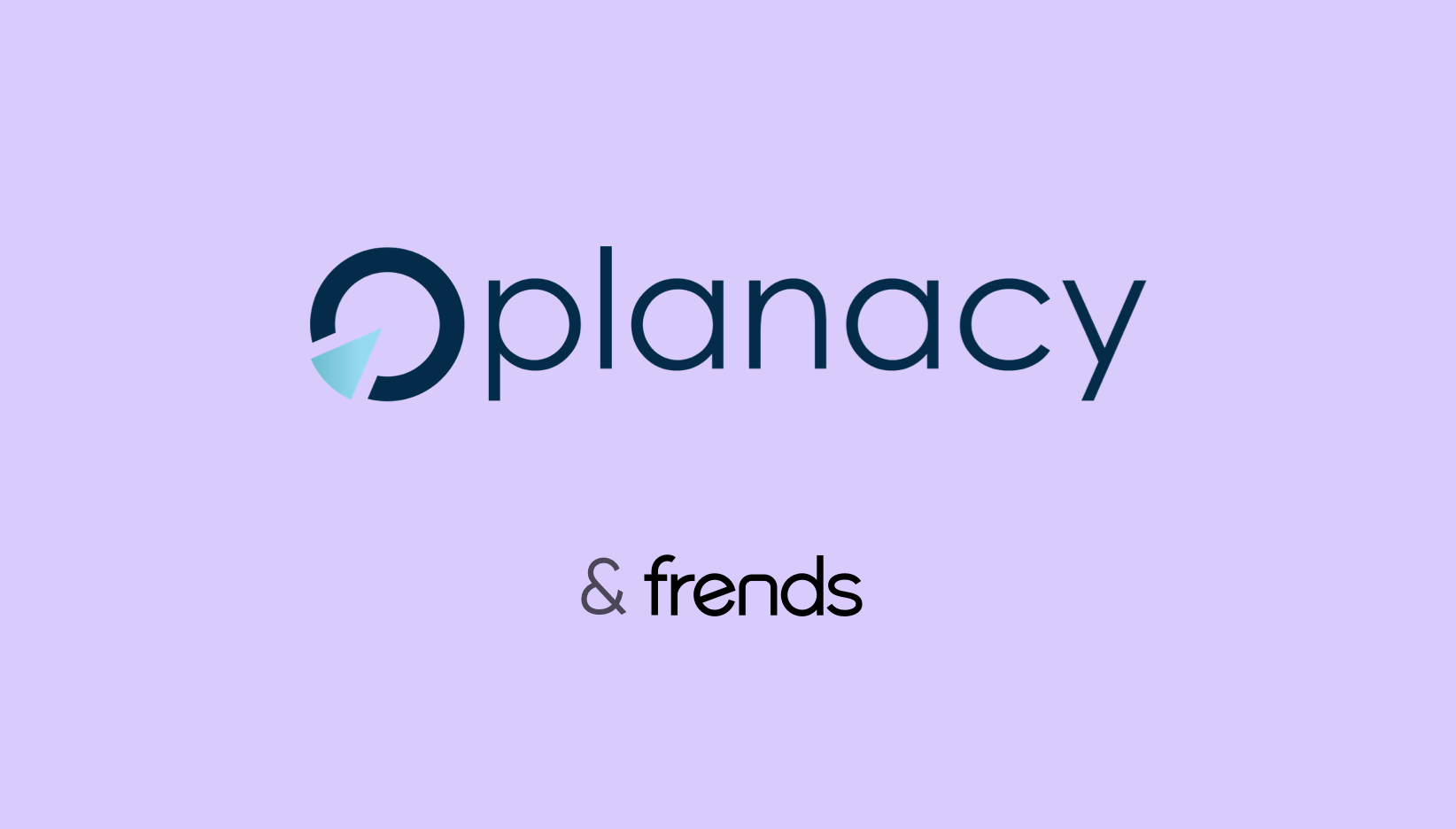Previously information systems were located in companies' data centers, and data was transferred as file transfers between systems. Due to the rise of SaaS, APIs have become more common as they are a fluent way to provide interfaces for data transfer. Via a single API, it is possible to provide information for the use of many different systems.
APIs alone are not enough, and custom code or an integration platform to support them is needed.
"A part of SaaS systems, such as Shopify, supports the APIs of other generally used systems. For example, Shopify directly supports Stripe's payment system by connecting to Stripe via its APIs. However, not all systems can support each others' APIs directly, due to which an integration platform becomes critical sooner or later," describes Jarmo Ollikainen, Pre-Sales Architect at Frends.
Visualization and efficiency for API processes
Earlier in his career, Ollikainen has worked as an in-house API and Integration Architect. Altogether he has worked in software development since 1995. Ollikainen first came across Frends in a tender process.
"We were comparing various integration platforms. When I was introduced to Frends, I immediately realized how many challenges it could solve", Ollikainen recalls.
Frends is an integration platform that allows data transfer between different systems. Frends uses both traditional integration technologies and API technologies. As a hybrid platform, it can be used in any cloud or on-premise. A common practice is combining cloud and ground deployments to create a hybrid environment, where both cloud and ground agents can seamlessly communicate.
Ollikainen describes that visual integration platforms, such as Frends, allow the fluent cooperation between technical and non-technical people. It is easy to understand the data flow and processes – the transparency improves the decision-making process drastically.
"The latest trend is to move away from so-called black box solutions that only make sense to a few software developers. The visual processes built with Frends design the processing flows into an easily readable form that anyone can view and comment on."
Visual API and integration processes are developed in Frends by chaining and configuring tasks, which means that data is processed and tasks are completed mainly without coding. The method can be compared to website development, in which pre-built or drag-and-drop elements allow anyone to create websites.
According to Ollikainen, one can write API and SQL queries in a few clicks with Frends. If necessary, custom tasks can be created in C#:
"From a developer's point of view, it's best that Frends makes the development more efficient. Simple processes can be executed in a heartbeat, and even more complex ones do not take too much time. Due to visuality, processes are easier to maintain compared to traditional code."
Ollikainen is delighted how the using, reusing, and efficient data transferring is increasing as we speak. The range of use cases for integration platforms has broadened from electronic data interchange (EDI) to online stores and report automation. When an IT architecture is built on a solid base, the business development is more productive, less risky, and efficient – regardless of the industry.
"A modern integration platform allows transferring data timely where it is needed. In addition, it allows fast changes based on the business needs. Transparency between all processes helps to ensure that only the right decisions are made", Ollikainen sums up.



